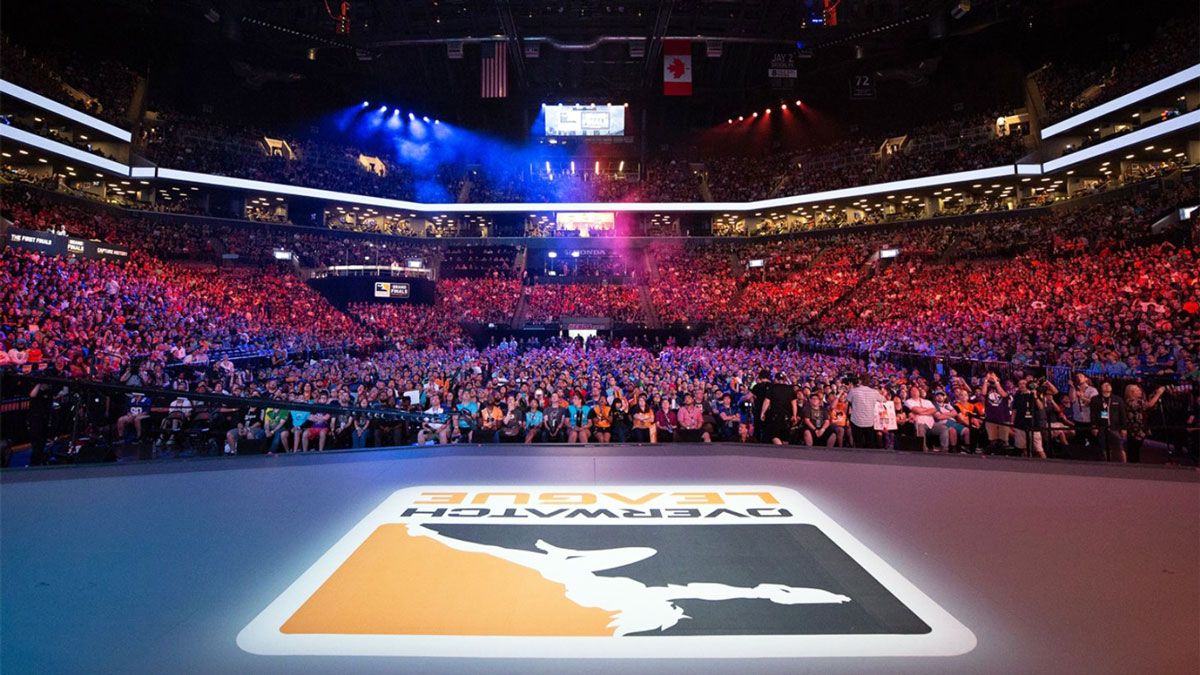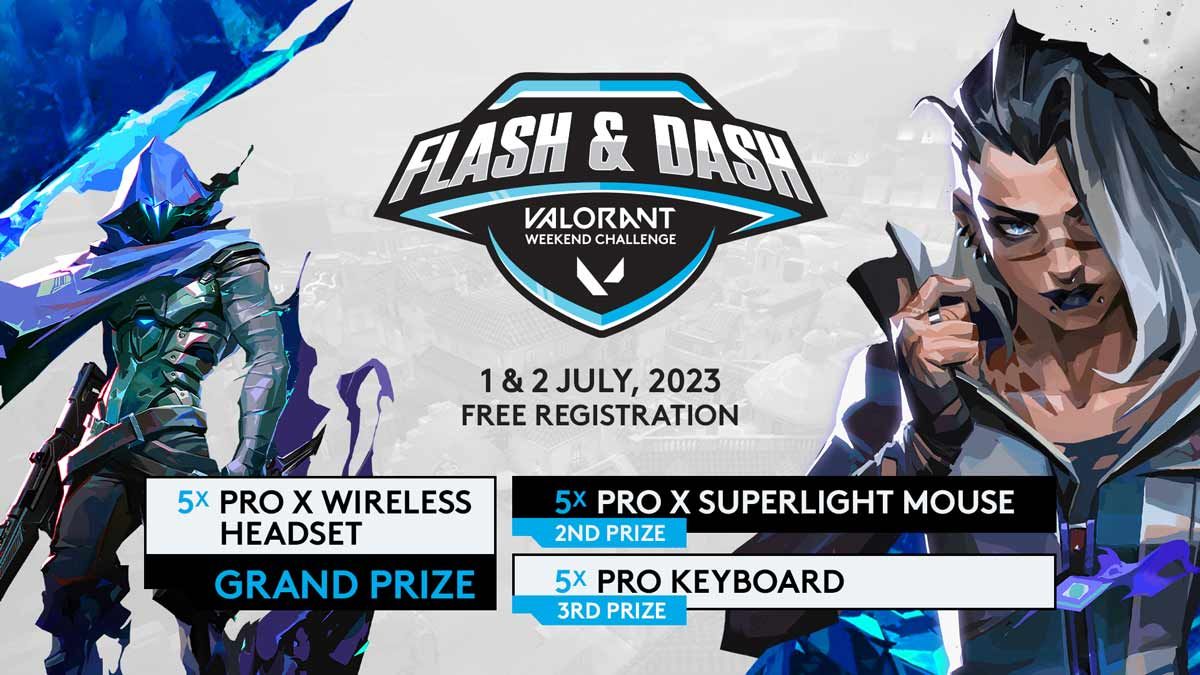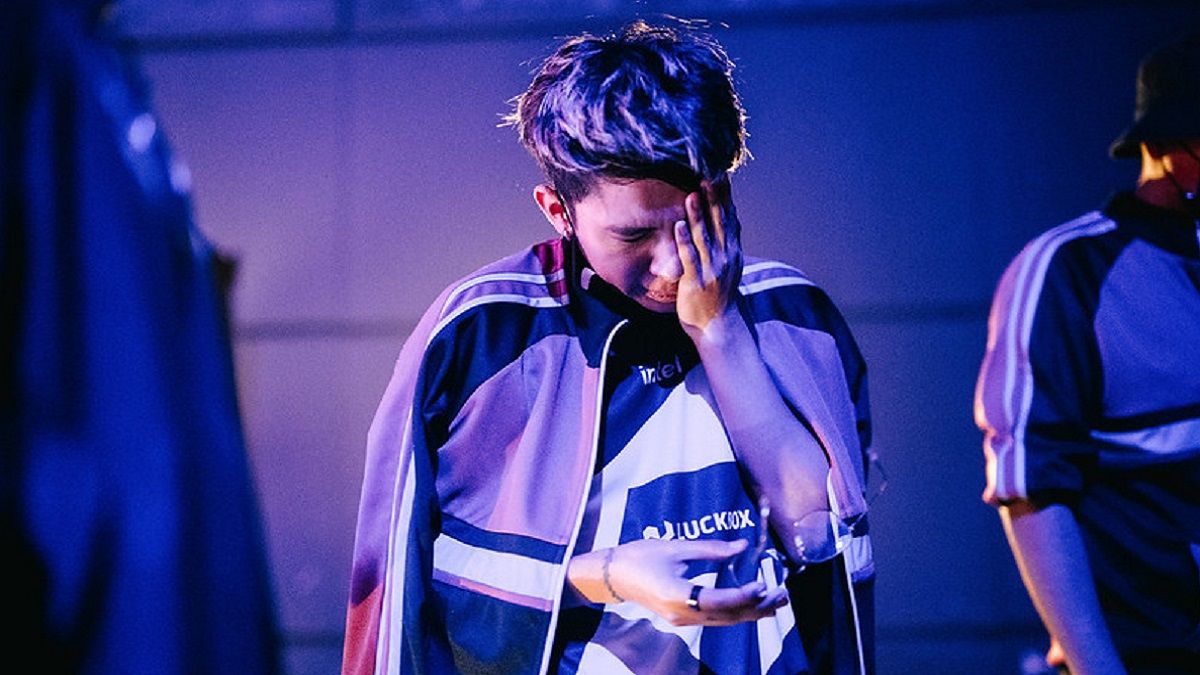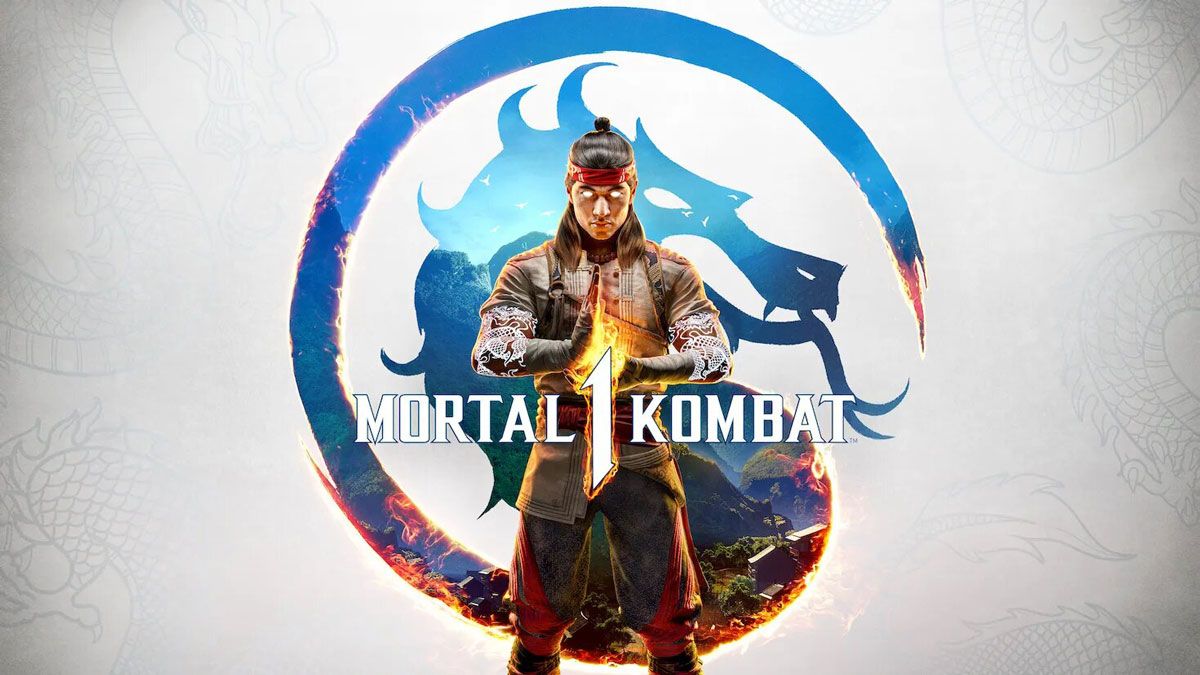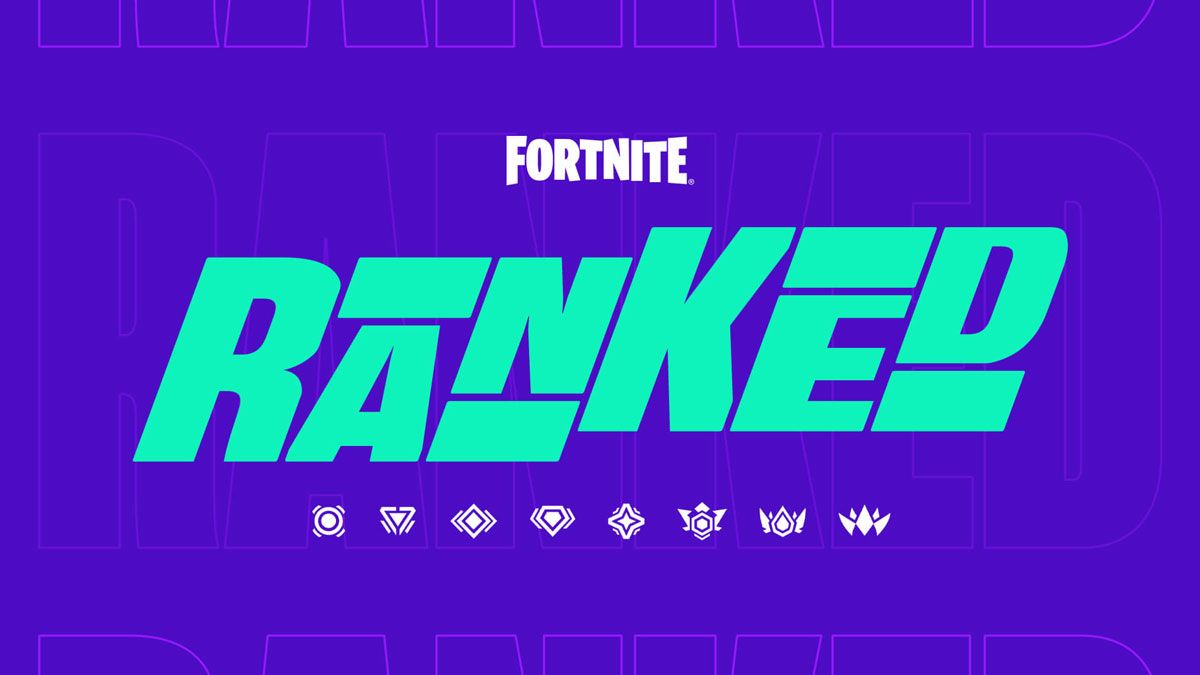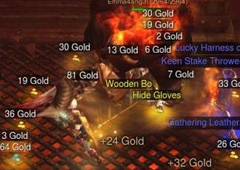 A blog post by Alex Curelea that was picked up in the recent Diablo 3 game design Q&A session at Reddit once again stirred up the discussion on the Auction House and the "no real reward loop".
A blog post by Alex Curelea that was picked up in the recent Diablo 3 game design Q&A session at Reddit once again stirred up the discussion on the Auction House and the "no real reward loop"."As mentioned in a different thread, the drop rates were carefully tuned for a single player playing through from 1 to 60 without ever using the AH.
All of our items are randomly generated, and so follow a distribution curve in power. Let's say for the sake of argument that you were to somehow distill an item down to it's "power level" and created a distribution graph of drop rate vs. power level. This graph would probably be normally distributed with outliers at high power levels dropping at a lower rate.
Looking at this graph, an average item drops every 5 minutes, a higher power item drops every 15 minutes, even higher power drops every hour. etc. As you move up the curve to ever more powerful items, the amount of time it takes to find such an item increases. This is what makes certain items more desirable, this is how things worked in D2.
What happens for a standard player who is playing solo when they first hit level 60 is they see an item upgrade every 30 minutes or so. Pretty quickly it becomes every hour, then every 2 hours. The higher the power level of your gear, the longer it takes to find your next upgrade, that's just the underlying math of this distribution. It's not really anything we set either. If we magically made all drops rates 10x higher, all it would do is shift the power curve left or right, it would not change the fundamental property that the higher up in power you go, the longer (statistically) it is going to take until you find your next drop.
So then let's say you visit the Auction House and get infusion of power that hurls you forward on that power curve. So whereas at one point your gear may be at a point that you are statistically speaking probably going to get an upgrade every 2 hours. After visiting the Auction House you hurl yourself forward on the power curve so far that now you are statistically going to get a drop every 8 hours.
To further illustrate the point, let's talk about the coming changes in 1.0.3. In 1.0.3 we're going to start dropping level 63 items in Act I of Inferno. We're also reducing incoming damage. What do I expect to happen? I expect that there will be a rapid increase in power across the entire community as all of these items become more widely accessible. It's like we took the distribution curve of items and made everything drop more. That item that used to take 10 hours to find is now a 2 hour item. An item that used to be a 2 day item is now an 8 hour item. After the initial frenzy of power increase, things are just going to settle again. People who think drop rates are too low now will probably still think drop rates are too low a week later when they move to the new point on the curve. I've spent a long time on this question so I'm going to move on but hopefully somebody who gets what I'm saying will be able to expand on it more, maybe draw some graphs to better illustrate the point.
tl;dr we could make drops 100x what they are now and it would just cause everybody to settle at a new equilibrium point. Anything you can farm in a few hours you'll already have, anything that takes longer you'll wish you could get faster."
"The Power of Habit"
- "First, he saw a shape on the screen. Over time, Julio learned that the appearance of the shape meant it was time to execute a routine. So he touched the lever: As a result, Julio received a drop of blackberry juice.
That’s basic learning. The habit only emerges once Julio begins craving the juice when he sees the cue. Once that craving exists, Julio will act automatically. He’ll follow the habit: This is how new habits are created: by putting together a cue, a routine, and a reward, and then cultivating a craving that drives the loop."
The monkey's brain will, once the habit is formed, show reward activity even before the juice arrives, which, in Curelea's post, relates back to Diablo 2.
"Diablo 2’s brilliance was in how the rewards were designed and spaced out"
- "The parallel to Diablo 2 is obvious to anyone who’s ever played it: see monster on screen, kill monster, receive reward in the form of an item that makes your character stronger. Diablo 2’s brilliance was in how the rewards were designed and spaced out – just powerful and rare enough to be meaningful, just frequent enough to enforce the loop described above throughout the game,"
He establish the cycle in Diablo 3 as very different. He implied that the reward comes from playing the game itself.
- "Eventually the game becomes more difficult, and the only way to progress without being frustrated is to open the Auction House, buy new equipment, and proceed to enjoy the game again as your character is now significantly stronger - until the next time you get stuck and have to buy more equipment," writes Curelea.
"There is only a frustration loop, which can be temporarily alleviated by using the Auction House"
- "Diablo 3 has no real reward loop – there is only a frustration loop, which can be temporarily alleviated by using the Auction House. As the game progresses in the hardest difficulty (Inferno), the frustration part of the loop gets longer and longer, as upgrades become more and more difficult to buy."
The monkey, Julio, would ge angry and make unhappy noises when the juice didn't arrive or was late: he craved.
Curelea ends his first blog entry by saying the reward system in Diablo 3 has to account for the Auction House.
- "Equipment is never destroyed, in-game rewards can never be too frequent or powerful or they will flood the Auction House, eventually trivializing game difficulty."
Wyatt Cheng, senior technical game designer of Diablo 3, responded to this in the mentioned Q&A session on Reddit, ensuring that "the drop rates were carefully tuned for a single player playing through from 1 to 60 without ever using the AH." See the full reply in the box to the right.
"It provides a great explanation for why the reward pacing feels so different from Diablo 2"
After the response from Cheng, Alex Curelea sent his thanks and explained his further theories behind it.

- Thank you, Wyatt, for a very thoughtful response. I hadn’t really considered this: the effect of buying powerful gear from the Auction House is really to skip a lot of the “reward spikes” from Diablo 2, which makes it feel like they’re not really there at all. I think it provides a great explanation for why the reward pacing feels so different from Diablo 2, even if the mechanism behind it may not have changed.
I will stick to my guns on one point, which I now realize I didn’t really make originally: I maintain that, Auction House aside, the items in Diablo 3 “feel” less rewarding than in Diablo 2, particularly throughout the levelling process. This partly comes down to uniqueness and variety, as opposed to just raw “power”. Magefist? Chanceguards? Goldwrap? Sigon’s? Tarnhelm? I’m sure those ring a bell - sure, they don’t matter at end-game, but I still remember being so excited to find one. That’s a pretty powerful reward long before end-game, and there is currently no equivalent in Diablo 3, where all items just blend together until level 60.
Alexc.me (2), Reddit.com/r/Diablo


